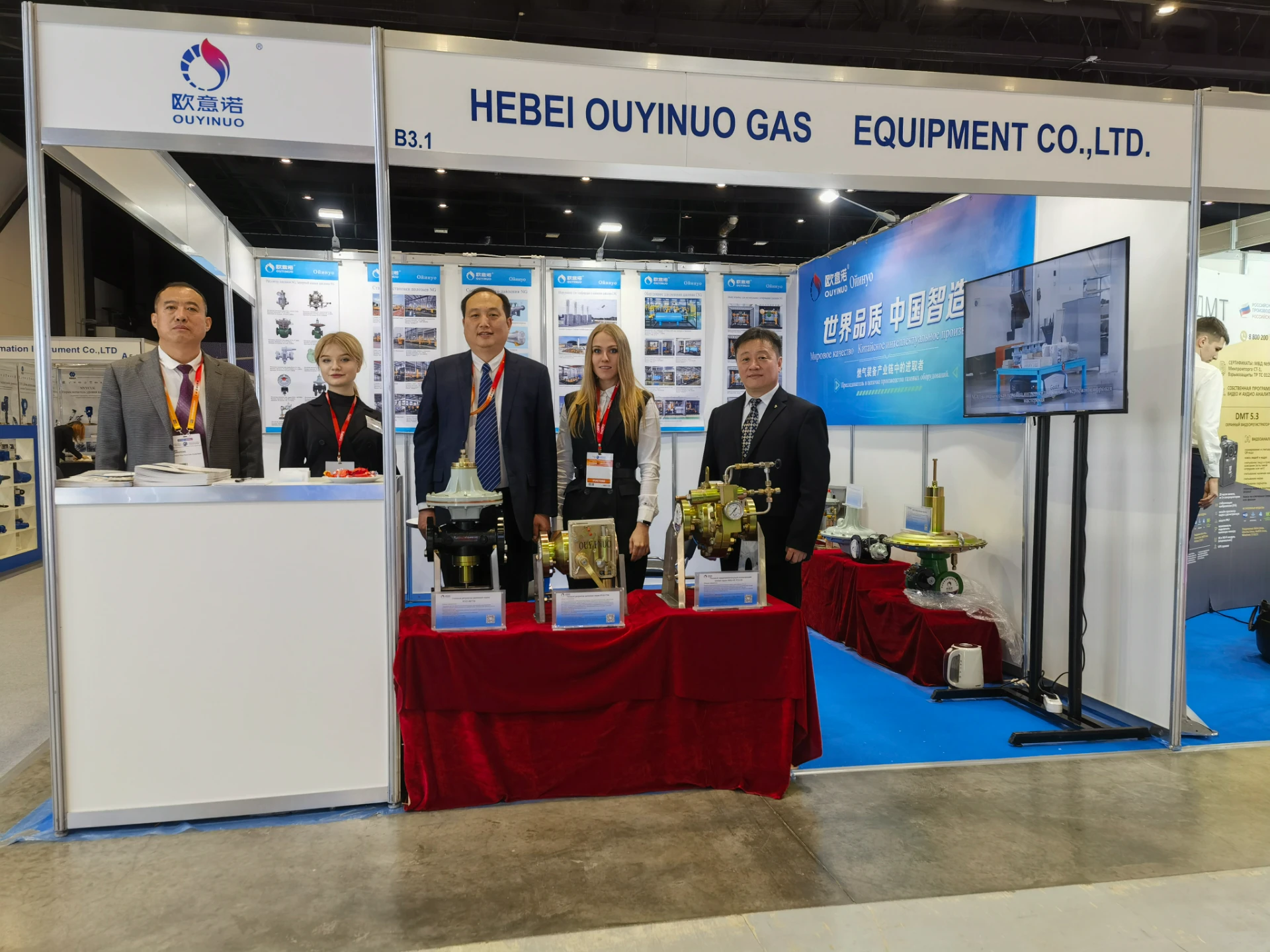
Dec . 04, 2024 16:40
Back to list
Natural Gas Pressure Regulation Station for Safe and Efficient Energy Distribution
Understanding Natural Gas Pressure Reducing Stations
Natural gas is one of the essential energy sources that power homes, industries, and businesses worldwide. However, the transmission of natural gas from production sites to end-users involves managing various operational parameters, particularly pressure. One critical component of this system is the Natural Gas Pressure Reducing Station (PRDS). In this article, we will explore the functions, importance, and components of pressure reducing stations in natural gas distribution.
What is a Pressure Reducing Station?
A Natural Gas Pressure Reducing Station is a facility designed to lower the high pressure of gas transported through pipelines to a safe and usable level for consumers. High-pressure natural gas, often found in main transmission pipelines, can exceed pressures of 1,000 psi (pounds per square inch). However, residential and commercial applications usually require gas at pressures ranging from 4 to 60 psi. Thus, the primary role of a PRDS is to ensure that the gas is delivered at a pressure suitable for use.
Importance of Pressure Reducing Stations
1. Safety Managing gas pressure is crucial for safety reasons. High-pressure gas can be extremely hazardous, presenting risks of leaks, explosions, and other dangers. Pressure reducing stations help mitigate these risks by ensuring that the gas delivered to end-users is at a manageable pressure.
2. Efficiency By maintaining appropriate pressure levels, PRDS contributes to the efficient operation of the overall gas distribution system. If gas were allowed to enter homes and industries at excessively high pressures, it could lead to equipment malfunction or damage, resulting in inefficient energy use and increased costs.
3. Regulatory Compliance Gas utilities are subject to stringent regulations regarding the delivery of natural gas. These regulations often mandate specific pressure ranges for safe operation. PRDS assist utilities in meeting these compliance standards, thereby ensuring reliable service and avoiding potential legal issues.
natural gas pressure reducing station

Components of a Pressure Reducing Station
1. Pressure Regulators The core component of a PRDS is the pressure regulator, which automatically adjusts the flow of gas to maintain the desired output pressure. It performs this task through a diaphragm that responds to pressure changes, ensuring a consistent flow rate.
2. Valves Various types of valves, including shut-off valves and control valves, are integral to the operation of a pressure reducing station. Shut-off valves ensure that gas can be safely isolated during maintenance or emergencies, while control valves assist in managing the gas flow rate.
3. Filter Systems Filters are employed to remove impurities and debris from the gas supply. This is crucial as contaminants can significantly affect the performance of the regulators and cause wear and tear on downstream equipment.
4. Measurement Devices To monitor pressure and flow, PRDS are equipped with pressure gauges and flow meters. These instruments provide real-time data that is essential for operators to manage the system effectively.
5. Bypass Systems Some stations include bypass systems that allow gas to bypass the pressure reducing components during maintenance or in the event of a failure. This feature ensures a continuous gas supply to consumers, reinforcing reliability.
Conclusion
In summary, Natural Gas Pressure Reducing Stations play a vital role in the natural gas distribution network. They are essential for ensuring that gas is delivered safely and efficiently to consumers at the correct pressure levels. With the increasing demand for natural gas as a cleaner energy source, the importance of properly functioning PRDS will only grow. As technology advances, we can anticipate even more efficient and reliable pressure reducing solutions that further enhance the safety and functionality of natural gas distribution systems. Whether you’re a consumer relying on natural gas for heating or industry, it’s important to appreciate the complex systems in place that keep the gas flowing safely into our lives.
Latest news
-
Safety Valve Spring-Loaded Design Overpressure ProtectionNewsJul.25,2025
-
Precision Voltage Regulator AC5 Accuracy Grade PerformanceNewsJul.25,2025
-
Natural Gas Pressure Regulating Skid Industrial Pipeline ApplicationsNewsJul.25,2025
-
Natural Gas Filter Stainless Steel Mesh Element DesignNewsJul.25,2025
-
Gas Pressure Regulator Valve Direct-Acting Spring-Loaded DesignNewsJul.25,2025
-
Decompression Equipment Multi-Stage Heat Exchange System DesignNewsJul.25,2025

